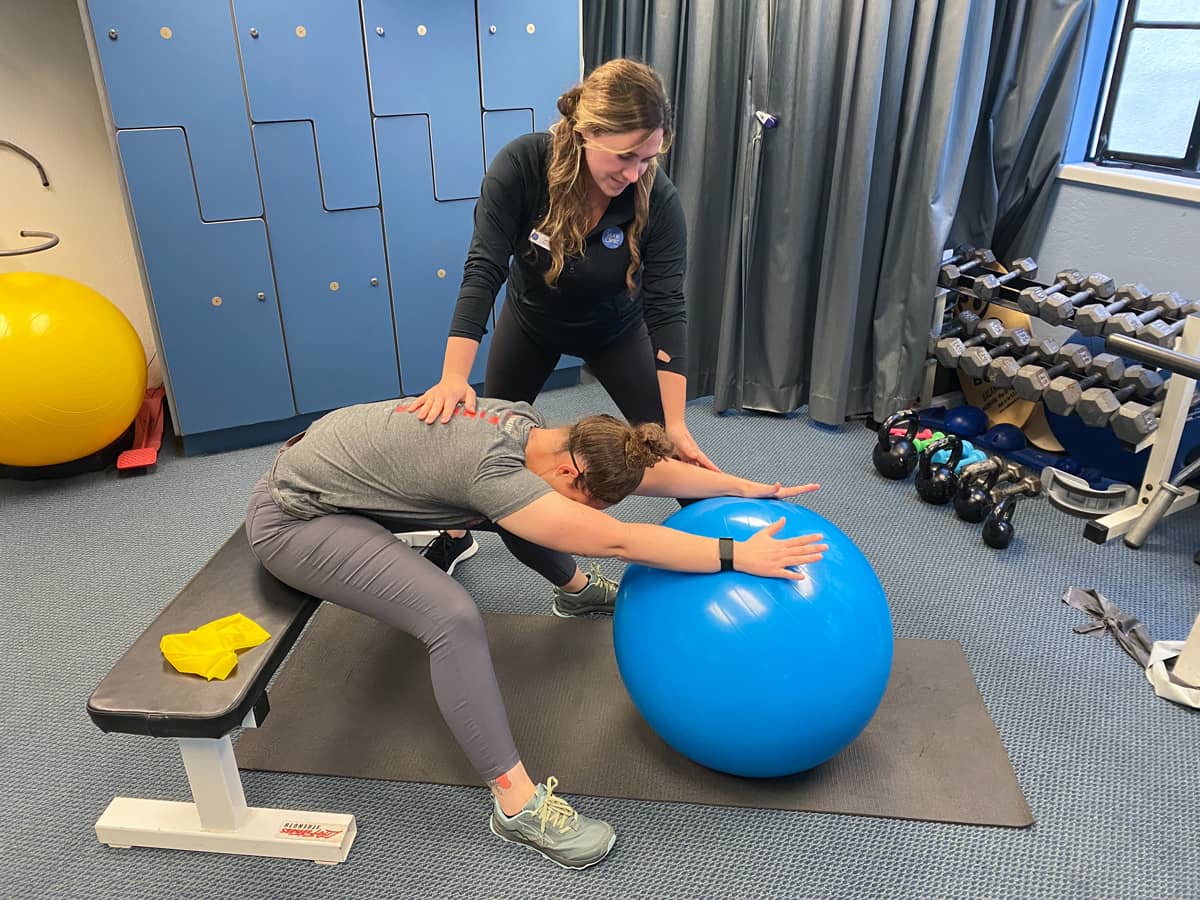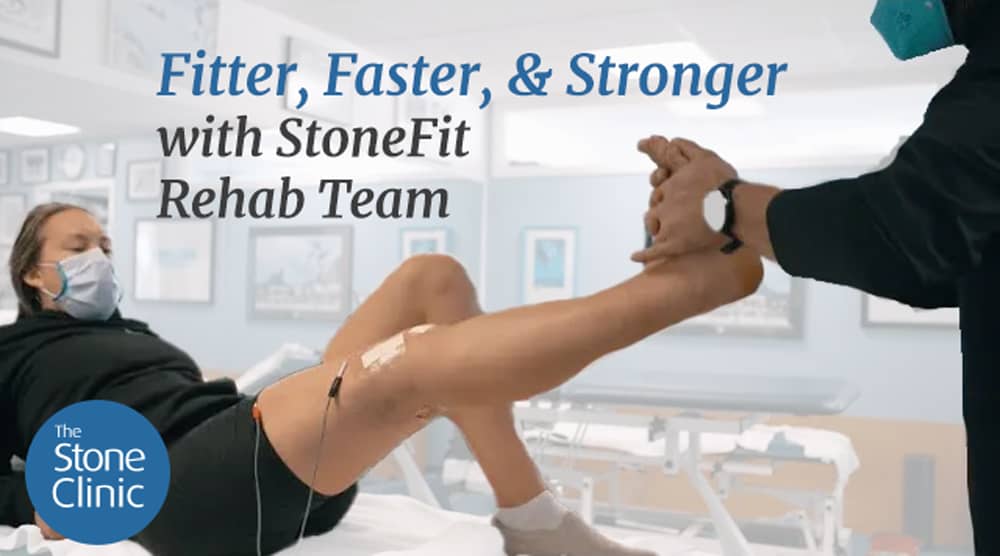Cancer Surgery, Radiation Therapy, and Sports
An unlikely combination? Unfortunately so, but not necessarily. One area frequently ignored by the marvels of cancer treatment is rehabilitation. Cancer survivors are so grateful to be alive that they turn to their physical performance evaluations only after the regimens destructive to tissue are over. This should change.

Our approach to orthopaedic sports injuries is to help patients see themselves as athletes in training, not as patients in rehab. Why not take the same approach with patients undergoing cancer surgery, preventative mastectomy, breast reconstruction, or gender-affirming surgery? All patients dream of eventually getting back to their best selves and being given a path to do so is the first step.
When we see a woman before her mastectomy surgery—referred to us for “prehab” therapy—she’s likely in a completely different state physically than the same person referred 10 months later: a woman who may have stiff tissues, limited shoulder range of motion, muscle and tissue wasting, and a deep frustration with her inability to exercise in the way to which she’s accustomed.
When we have a chance to work with such patients—with the goal of not only getting them back to baseline but being better than they have been in years—we can make a phenomenal difference in the quality of their lives. But this process is best started before their cancer treatment or surgery even begins.
Step one is understanding their surgery, the specific limitations on the tissues, and creating a creative approach on how to work with and around these limitations. Most surgeons have not spent much time thinking about how the affected tissues can best be mobilized, how expert soft tissue therapists can work near the site, and how dramatically cross-training improves the blood flow to the healing tissues.
Step two is encouraging the surgeons to use modern tissue therapies. The healing strategies used in the old days are not the same as the paths we take today. These include the injection of growth factors and stem cell-recruiting cytokines to incision sites, the use of amniotic membranes to decrease scarring, the use of hyaluronic acid to provide lubrication, and the novel re-routing of sensory nerves to return sensation after breast reconstructions and mastectomies—areas that in the past were left insensate. These new approaches have completely changed healing time and outcome expectations. Just as offering immediate breast reconstruction after a mastectomy may dramatically improve a woman’s self-perception post-surgery, beginning immediate rehabilitation exercises restores the patient’s confidence that they, too, can be an athlete in training rather than a victim of disease.
The third step is getting patients into the hands of great therapists both before and immediately after surgery. Setting ambitious goals—focused first on range of motion with tissue mobilization and then on muscle strengthening of the core, the back, and the legs, followed by shoulder and upper extremity strengthening (when tissue healing permits)—is our usual order of fitness conditioning and physical therapy. Proprioception exercises, pool training, and stationary bike use during the first few weeks post-surgery stimulate the production of endorphins, pheromones, and adrenaline. All of these boost the spirits and ward off the depression that often accompanies surgical recovery.
While it may seem premature to talk with patients about their sports goals when they are facing major cancer or reconstructive surgery, it is in fact the best medicine—with the most satisfying outcomes. Although we don’t get to choose when an injury, cancer, or need for reconstructive surgery may impact our lives, we can choose to move past these obstacles without stiffness, deformity, and limitations of motion and activities.
Live to play another day, train to be better than you have been, and set your sights higher than you have ever imagined. Use your diagnosis to help you become fitter, faster, and stronger than you have been in years—even if reaching these goals may take forever…
Book a Prehab Appointment with the StoneFit Physical Therapy Team Here
In-person and virtual physical therapy sessions available

